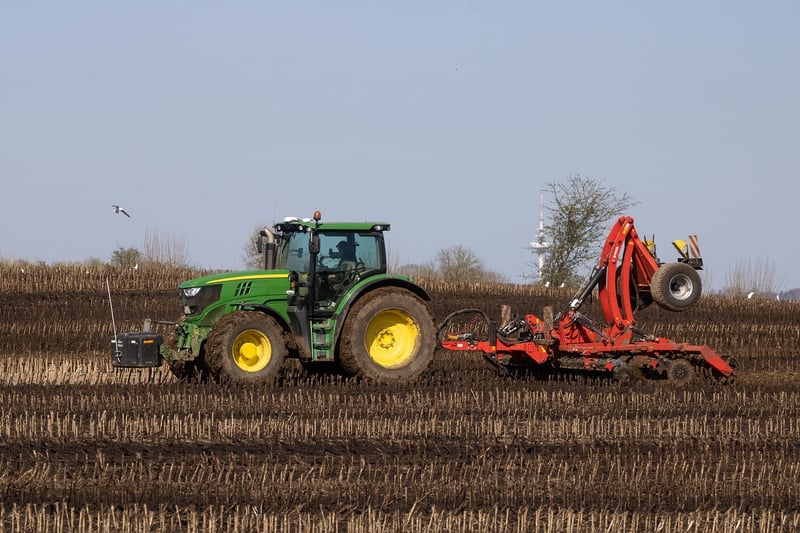Fertilizing Guidelines
Essential Plant Maintenance and Fertilizing Guidelines
Introduction
Keeping your plants healthy and thriving requires proper maintenance and fertilizing. Here are some essential guidelines to help you ensure your plants receive the care they need.
1. Regular Watering
Water your plants regularly based on their individual needs. Overwatering can lead to root rot, while underwatering can cause wilting and stunted growth.
2. Proper Lighting
Ensure your plants receive adequate sunlight based on their specific requirements. Insufficient light can result in leggy growth and poor flowering.
3. Pruning and Trimming
Regularly prune and trim your plants to remove dead or overgrown parts. This helps promote new growth and maintains the plant's shape.
4. Soil Quality
Use high-quality soil that provides proper drainage and nutrients for your plants. Consider using a mix designed for specific plant types.
5. Fertilizing Guidelines
Choose a fertilizer that matches your plant's needs regarding nitrogen, phosphorus, and potassium. Follow the instructions on the fertilizer package for the correct application.
6. Timing of Fertilizing
Apply fertilizer during the growing season when plants are actively growing. Avoid fertilizing during the dormant season to prevent nutrient buildup in the soil.
7. Avoid Overfertilizing
Excess fertilizer can harm plants, so it's crucial to follow recommended dosages. Symptoms of overfertilizing include leaf burn and stunted growth.
8. Organic Options
Consider using organic fertilizers to feed your plants naturally and improve soil health over time. Organic options include compost, manure, and fish emulsion.
Conclusion
By following these essential plant maintenance and fertilizing guidelines, you can ensure your plants remain healthy and vibrant. Proper care leads to beautiful blooms, lush foliage, and thriving garden spaces.

For further information on plant care, consult with your local garden center or horticulturist.
